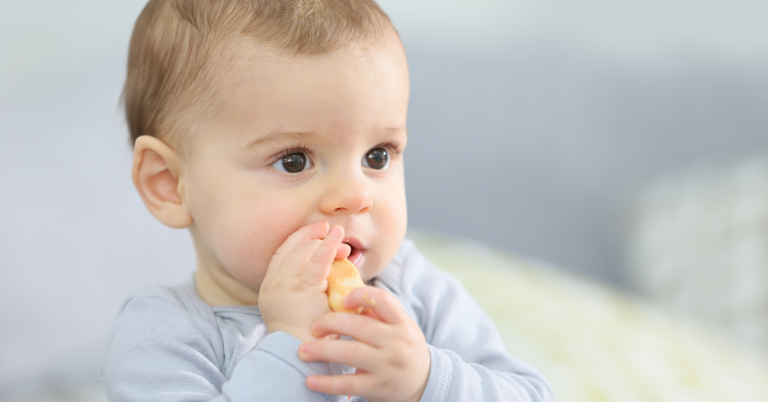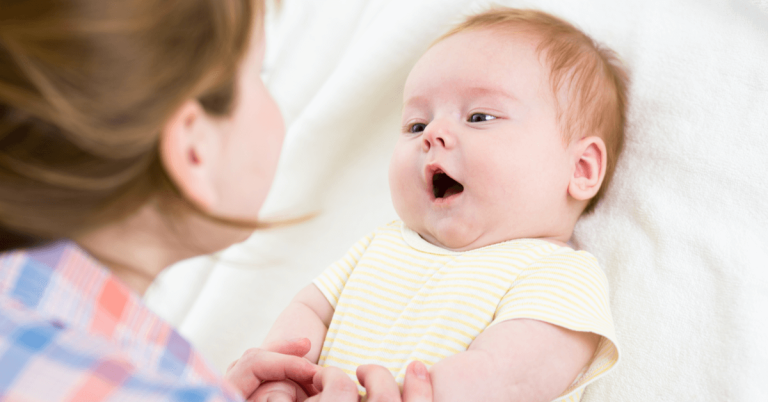During the first week after giving birth, sleep whenever you have the opportunity. Don’t spend your free time getting tired by catching up on tasks you couldn’t complete during pregnancy. Because the only thing you need is rest in this period.
After giving birth, you may be surprised when you look at your body. Your stomach may have become smaller, or your legs might seem swollen. On the first day after birth, starting with light exercises and gradually increasing them will help your body return to its pre-pregnancy form.
Postpartum Pains
You may experience some pain during the first few days after birth. Don’t hesitate to ask your doctor or nurse about any concerns.
Especially in the first few days, you may experience pains in your lower abdomen, especially while breastfeeding. This is due to the reflex triggered by nursing, causing spasms as the uterus returns to its normal size.
These pains indicate that your body is returning to normal and can last for days. If the spasms are very severe, you can take a pain reliever.
Urination
Frequent urination in the first few days is normal as your body eliminates excess fluids accumulated during pregnancy. Initially, you may find it difficult to go to the toilet, but you should try to urinate soon after giving birth.
If you have difficulties, try to get up and move around to stimulate urination. Sit in warm water and urine, if the water is sterile. Then bathe. If you have stitches, you can pour mild water over them to alleviate any stinging sensation while urinating.
Bleeding
You may experience bleeding for at least two weeks after childbirth. If you are breastfeeding, bleeding may cease more quickly.
Initially, the bleeding is light-coloured and heavy. Gradually, it decreases and becomes darker in colour.
Bleeding may continue until your first menstrual period. You can use sanitary pads for this, as tampons placed inside are not recommended due to the possibility of carrying disease-causing agents.
Bowel Movements
You may not feel the need to have a bowel movement for a day or two after childbirth. The sooner you get up and walk around after giving birth, the sooner your bowel movements will start.
Drink plenty of water and eat fibrous foods. When you feel the need to have a bowel movement, don’t wait. However, don’t force yourself or strain while on the toilet.
While making your bowel movement, the chances of your stitches opening are low, but you can gently press a clean cloth on them to prevent any problems.
Stitches
Stitches may cause some pain during the first few days. Most stitches dissolve within a week, while external stitches may fall out.
To make healing faster, perform pelvic muscle exercises right after giving birth. Keep the stitches clean by sitting in warm water.
After washing, make sure to dry thoroughly. For this purpose, you can use a hair dryer at a mild air temperature.
You can also soothe the pain by placing an ice pack on the stitched area.
If you have further questions, please share our experiences in the comments.
Stay healthy!







